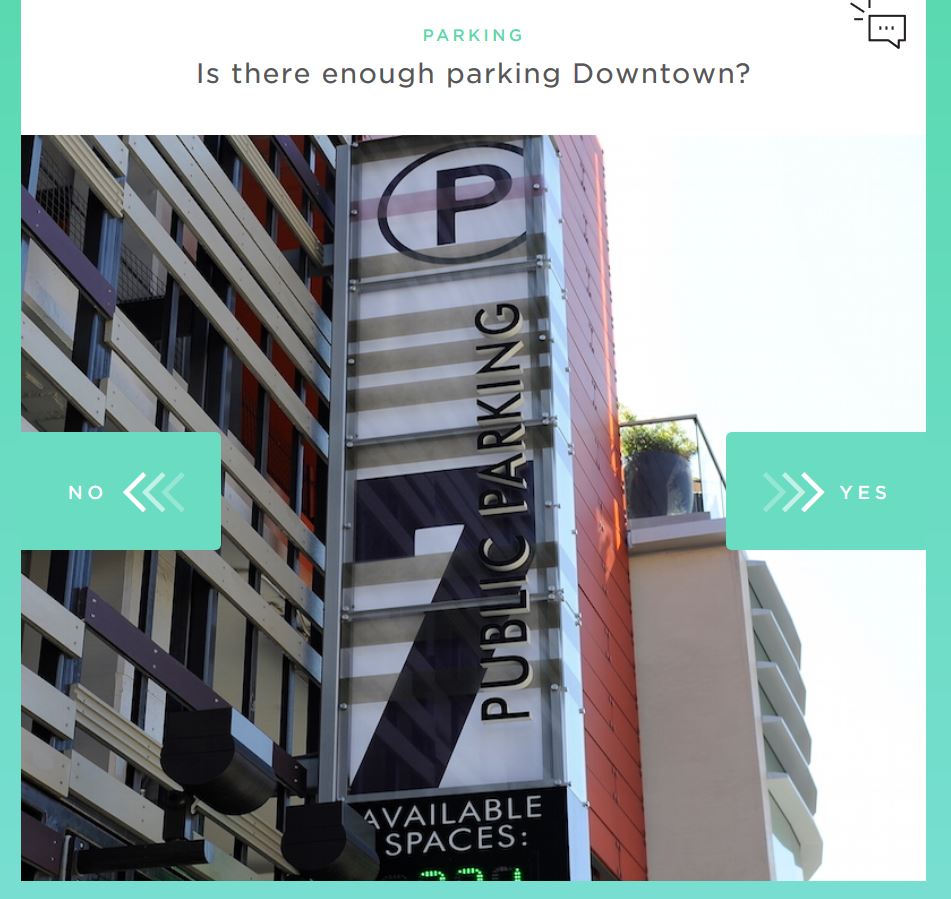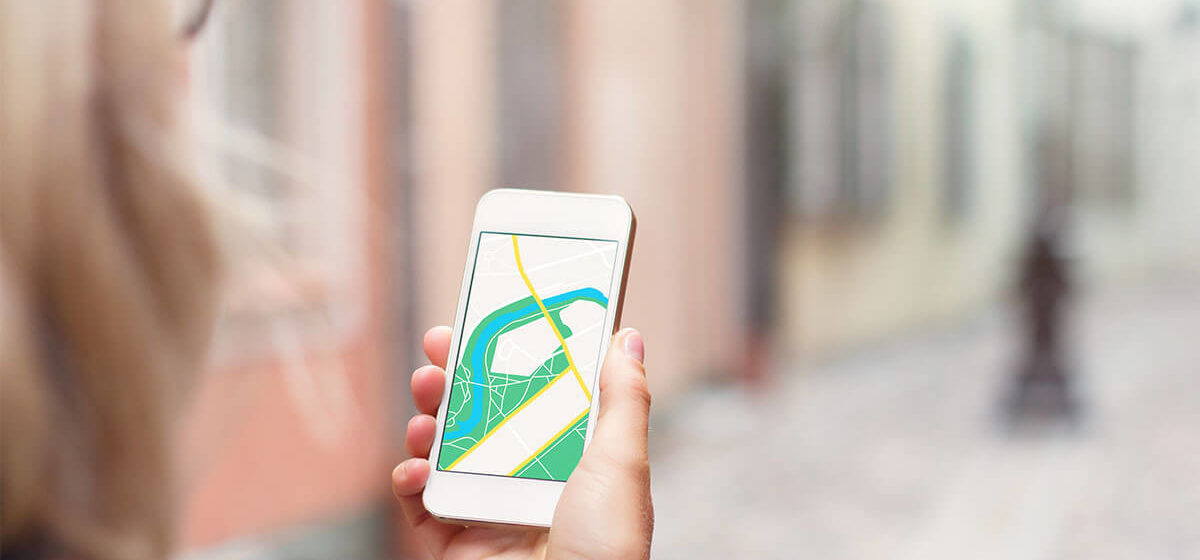Life in the city has started to change, slowly but surely, as soon as we laid our hands on smartphones. With their new apps, they began to facilitate the life of city dwellers. Most of them remain reactive and enable information to be found, e.g. about the nearest café, city transport connections, air quality (smog), or are used to order food . But the new generation of apps is taking a leap forward – it allows residents to play an active role in shaping the urban space, improving mobility systems, or protecting the environment.
In order to create a Smart City – a city of happy people – one needs to identify a way of getting from the residents maximum feedback on the functioning of the three pillars of happiness in the city: broadly understood health, productivity and personal development options. The leading Smart Cities 3.0, like Copenhagen, Vienna, Amsterdam or Barcelona, are urban communities whose citizens can interact and communicate with each other and city authorities. City app providers have followed this trend. They understand that the city is to serve its residents and, accordingly, program advanced systems which draw heavily on their activity. The citizen is no longer a mere recipient of changes or solutions, but becomes their co-author. Sounds interesting, does it not?
The urban Tinder
Let us start with the sunny Santa Monica, which is testing the City Swipe app. The app is based on a simple internet questionnaire for the residents, containing yes and no questions. Similar to the Tinder dating app, the residents are encouraged to swipe left or right in order to choose the desired option. The app lets the citizens comment on the planned city development, starting from structural landscaping elements, cycling paths, new flats and car parks, ending on mural paintings and stall locations. City authorities claim that the app is not only useful for quickly obtaining feedback from the residents, but also saves the cost of publishing development notices in the local press and sending consultation letters.

The Snappily tool is in use in Manchester. In my opinion it is most useful to the developers – the city map, in addition to buildings, water-supply networks, roads and parks, now also incorporates post-industrial areas and investment grounds with property prices included.
The Slovak OdkazPreStarostu is an app for reporting problems in the neighbourhood using a smartphone, be is mess on the pavement or a faulty street light. Immediately after sending, a report becomes visible to other users together with a status informing about the time when the problem is due to be solved.
The feel-good factor
I am happy to learn that urban planners are now taking into account the mental wellbeing of their residents consideration (elements of happiness). The Centre for Urban Design and Mental Health in Santa Monica launched the Urban Mind Project. It uses a geolocation-based app called PoppySeed that allows the residents to record their emotions as they move through the city. It is sufficient to take a photo of a building or object, describe how they feel seeing it, and put a pin on the map.

The intention of PoppySeed is to use the gathered opinions to build a better and friendlier city. Maybe PoppySeed will win over German, French and Polish cities some time soon? Should you have now become curious about the app, just like me, click on the video link to find out more.
Bi-directional communication
While searching for new ways to interact with their residents, cities are gradually learning how to use the IoT and Big Data. At the end of last year, the interesting ColAb app was launched in Brasil. It is available to citizens from 5,570 Brasilian cities and towns, who can now evaluate their self-governments and the directions of urban development. By expressing their opinion on urban matters, citizens make a closer connection with their city. On the other hand, cities obtain the advantage of receiving precious feedback from their residents. This is an invaluable resource for the authorities that helps them respond to urban planning challenges in an effective and integrated manner.

For the residents and for the planet
Barcelona, one of the smartest cities, collaborates with its residents to monitor air quality. Catalans receive a toolkit with a data processor and sensors to upload readings onto a public online platform that is free for everyone to use. Very clever, indeed.
In Jakarta, the PetaJakarta app enables users to geotag tweets to warn other people about flash floods. The details are added to a map that then helps everyone avoid or navigate hazardous streets or neighbourhoods.
And have you perhaps heard about the Swedish Karma tool, based on the ever stronger ‘zero-waste’ trend? On the one hand its users are owners of restaurants, cafés, grocery stores and bakeries, on the other – residents/ consumers. The idea behind the app is to rescue food: instead of throwing away surplus food that will soon be past its best-before date, businesses upload information about a discount, at least 50%, on their unsold food. The app is available in over 150 Swedish locations, in London and in Paris. It was downloaded by over 2,000 businesses and 450,000 consumers. According to the app provider – the app users together have managed to save 295 tonnes of food.

Stay in touch
One of the challenges in an age of high-density urbanization is feeling connected with the urban community at large. City residents frequently have no say in the urban planning decisions being made all around them, so they seek ways to build and contribute to the local community. Urban apps are, therefore, a perfect contact tool. They help inspire collaboration on a project, using the citizens’ creative potential. This is not only good for cities, it’s good for everyone!









